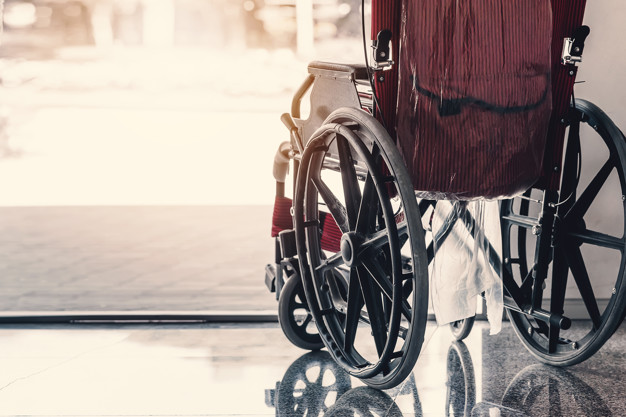The Importance of Architectural Design in Disabled Access
In the UK alone, there are more than 13 million people that live with a disability. It is becoming increasingly important to create architectural design that provides freedom of movement for all. It is the responsibility of the designers and owners of buildings to adjust architecture to fit the needs of any potential users. Architecture that is mindful of removing potential barriers for those with disabilities is essential in promoting ease of access for everybody.
The Equality Act of 2010 requires that reasonable adjustments must be made to buildings to ensure that the needs of users will be met, and that people of all abilities have access to the same facilities, premises, and services. This advances the equality of opportunity for all and ensures that nobody is being indirectly discriminated against due to inaccessible architectural design.
However, whilst The Equality Act makes it illegal to discriminate against disabled people, it doesn’t delve into detail beyond the minimum legal requirements as to how to avoid such discrimination in terms of architecture. The BS- 8300 (2018) takes this one step further. Proposed by the British Standards Institution, it offers a comprehensive guide for architects and building owners on how to cultivate an environment that truly places the needs of a diverse community at the heart of the design process. Furthermore, RIBA have introduced new topics into their curriculum such as ‘Architecture for Social Purpose’ to bring ‘professional standards, equality, diversity and inclusion and social responsibility to the fore’. This encourages architects to recognise the wellbeing of people as integral to the design process.
Disabled access lifts are one such way to adapt and update architecture to make it inclusive for people with disabilities. The most commonly reported disabilities are related to mobility and stamina, and so a lift is often ideal for removing obstacles encountered with these ailments. Invalifts are dedicated to finding solutions to accessibility problems and offer many options that comply with the regulations set out by Part M (Access to and use of Buildings) of the Building Regulations 2010. It is of the utmost importance that users feel comfortable, safe, and secure so we offer a wide range of lifts that will help to eliminate mobility barriers in the home, at work, or practically anywhere else.
Invalifts do not only provide solutions for those who are less mobile. We are also able to offer ease of access to people who are visually impaired. Braille can be incorporated into the lift’s design by adding this feature to the push buttons, allowing the user to interpret words by touch without the need for sight. This is an example of how a small change to design can make a huge difference in making information available to a wider range of people.
From churches to care homes, our lifts are created with a variety of different structures in mind. Many of our lifts require very little alteration to the building and are designed to slot into the existing architecture easily. Thus, it is easy to adapt your building to comply with the Equality Act and most importantly ensure that everyone, regardless of disability, is treated respectfully and equally. In turn, these inclusive environments are a step towards creating a better and more fair society to live in, wherein fostering inclusivity is second nature.
Written by Taylor Gill

